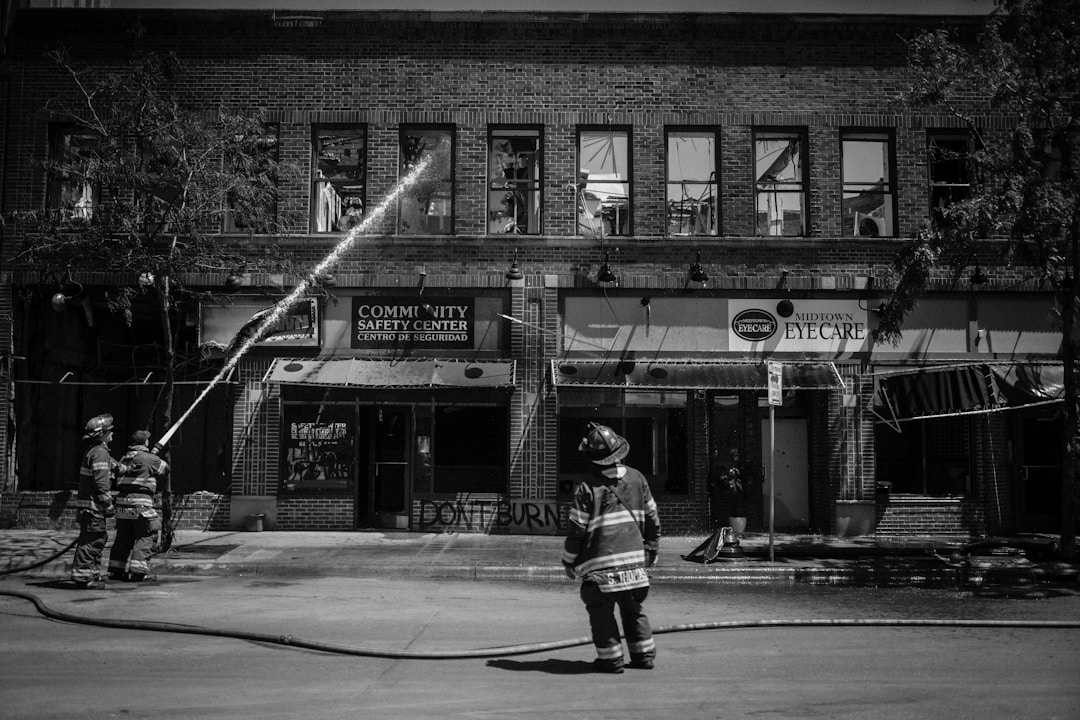What Is Technical Rescue?
Firefighters are the first people called in many crisis situations. From car accidents or elevator troubles to actual fires, they are the people who come to mind when you think rescue. But have you ever stopped to wonder why the fire department is the go-to rescuer for nearly every situation? Simply put, it’s all about technical rescue, but there truly isn’t anything simple about these special operations.
What is a technical rescue, anyway?

The National Fire Protection Association (NFPA) is the leading resource for fire, electrical, and similar hazards. Their fire service doesn’t oversee the specialties and nuances of technical rescue, however. In an emergency response, the situation could call for a number of special skills to be utilized to carefully and successfully save a life. In addition to skills, specials rescue equipment will often be used in a technical rescue incident. These incidents could include a range of different situations. They are performed by highly trained professions who have completed numerous hours of specialized training.
Which situations qualify?
There are several different situations that are considered technical rescues. A confined space rescue, for instance, is a common rescue when people get trapped in crawl spaces, ductwork, or under houses. There is also the water rescue. These can often accompany or be considered a pressurized space rescue in the right situations, such as when vehicles are trapped under the water with unequal pressure on the interior and exterior of the vehicle. Another common rescue of this sort would be the rope rescue. These are often necessary when there is unstable footing in elevated or suspended locations that requires a rope to secure individuals. Teams can also be called offshore to assist with boat and platform rescues.
Who’s involved?

Another major component of these rescues is the team. Basic structural firefighters form the foundation of a technical rescue team. Team members undergo additional training in a respective discipline, so they have the knowledge to evaluate and address a variety of technical situations. The rescue team often has to meet certain mandates set forth by governing bodies like OSHA to ensure that their practices are current. Furthermore, these individuals can build an apparatus to assist with rescues in situations that call for complex maneuvering. These are common when working a horizontal or vertical rescue. Members must be able to assess situations quickly and carefully to ensure the safety of the team and those being rescued. They often are knowledgeable in areas such as engineering, hazmat, and chemistry to better evaluate and stabilize crisis situations. Just like regular firefighters, a rescue team continues to practice their skills as well as maintaining certifications and qualifications.
The final component of a technical rescue is the person or people being rescued. Often, those who have needed a technical rescue find themselves at risk for mental health problems. Those who fit into this category should seek the help of a counselor or therapist to mitigate any lasting issues. In today’s COVID-19 world, these counseling sessions are often conducted using telehealth, or in this case, teletherapy. Essentially, a teletherapy service mimics the treatment plan of a traditional face to face visit. The American Psychological Association promotes telepractice and other online services when an in-person therapy session can’t be easily completed. These services still fall under HIPAA governance and keep confidentiality, though they are performed with a webcam or facetime.
In the United States, firefighters are called for countless different reasons. There is a good chance that when you see a team working that some or all of its members are part of a more highly trained technical rescue team. Remember—if you, or a person you know, have experienced trauma from a crisis situation, a teletherapy session with a psychologist or counselor could help you.